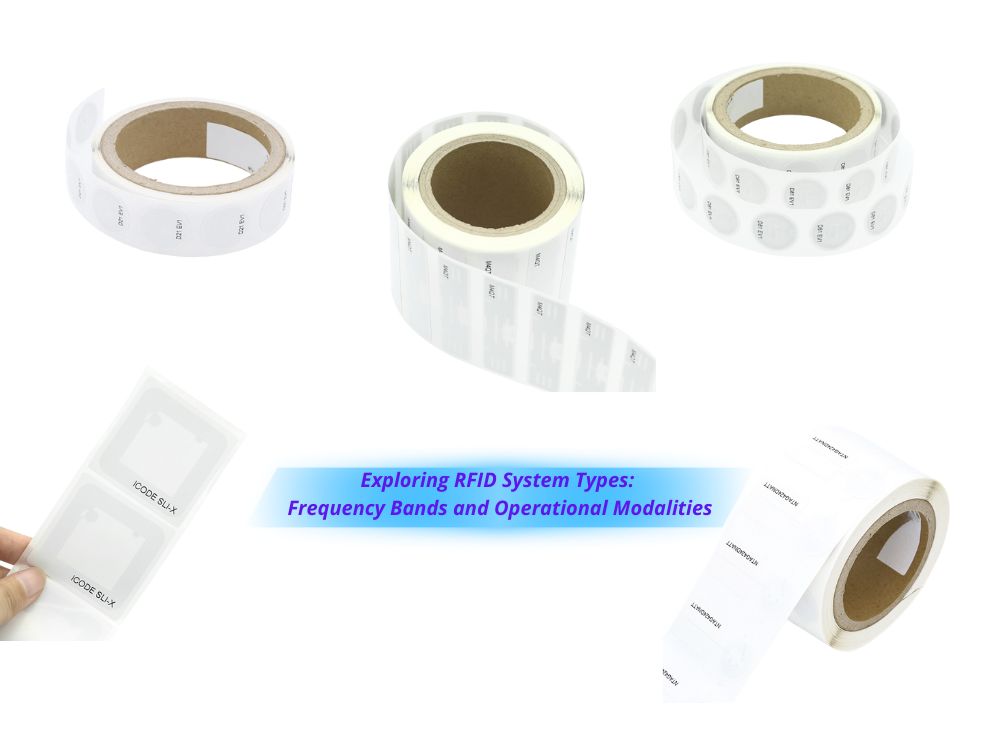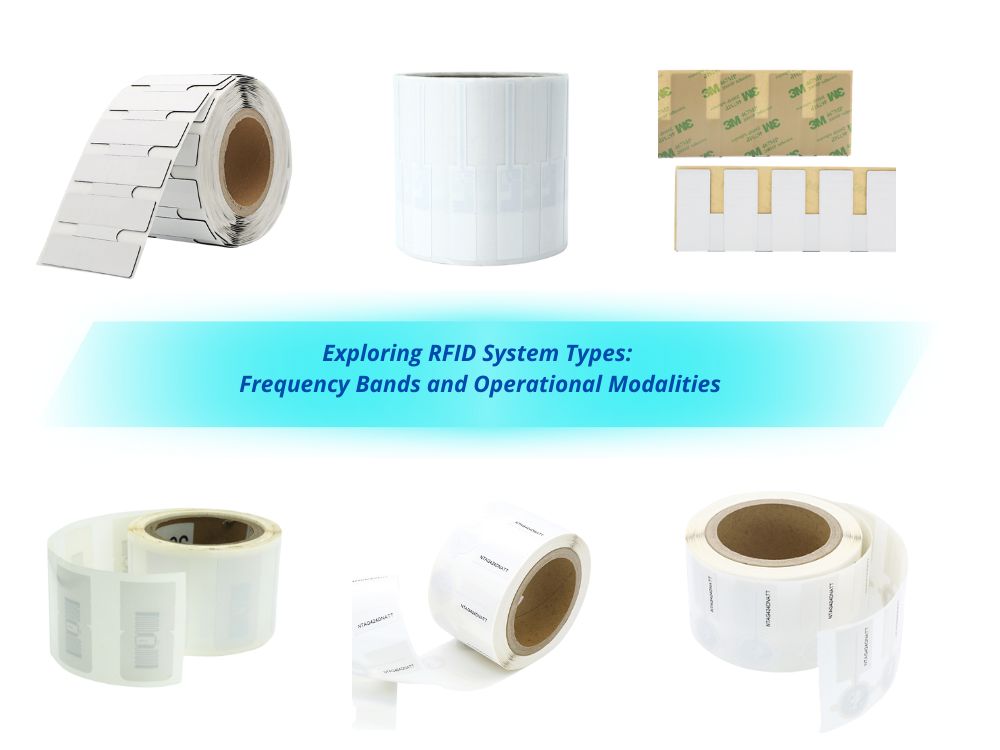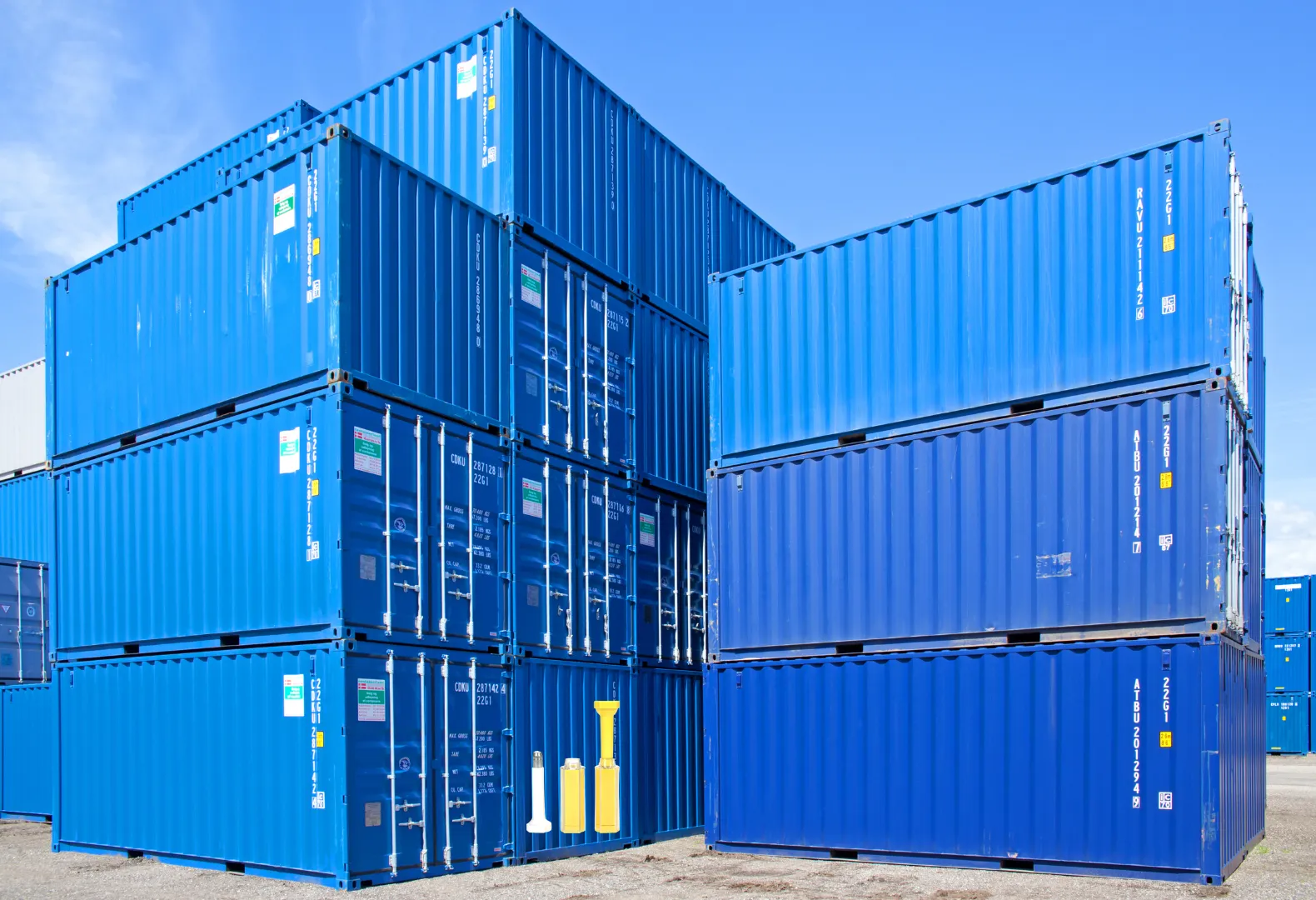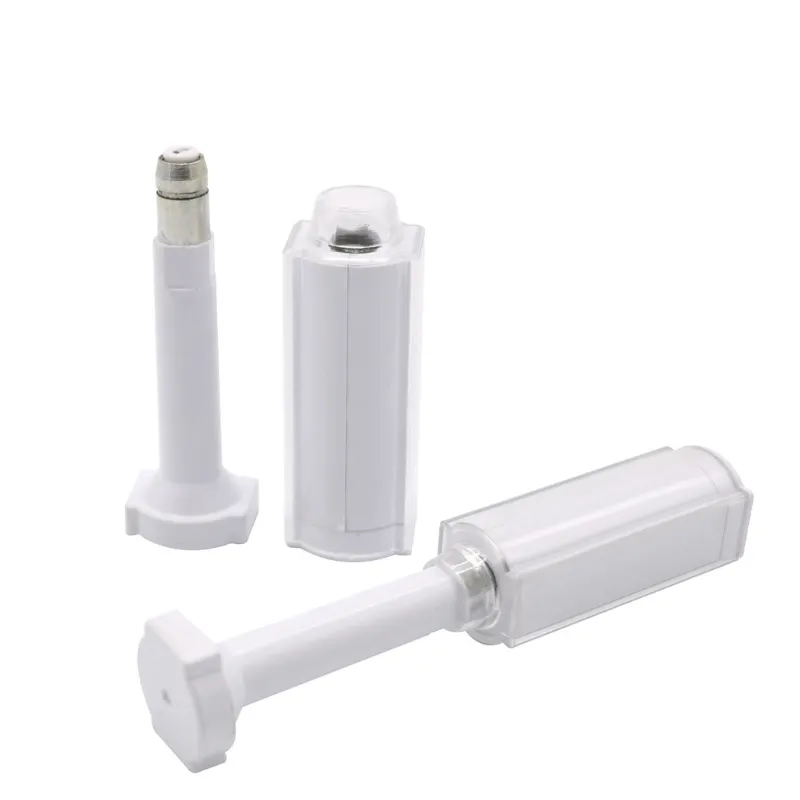
Exploring the Different Types of RFID Systems
Table of Contents
A Complete Guide to LF, HF, UHF, and Active RFID Technologies
However, not all RFID systems are created equal. Choosing the right frequency band and tag type (passive or active) is critical for your specific application, whether you’re managing inventory, tracking assets, or enhancing access control.
This guide breaks down the different types of RFID systems, how they work across various frequency bands (LF, HF, UHF), and when to choose passive or active RFID solutions.

What Is an RFID System?
An RFID system consists of three main components:
An RFID tag (transponder) attached to an item
An RFID reader that communicates with the tag via radio waves
A backend system (like inventory software) to process the data
RFID systems vary in range, speed, cost, and durability depending on the tag and frequency used, making it critical to understand the differences.
The 4 Main Types of RFID Systems
1. Low Frequency (LF) RFID – 125 kHz
Read Range: ~10 cm (4 inches)
Speed: Slow data transfer
Common Uses: Livestock tracking, key fobs, industrial automation
Pros: Works near metal or liquids, affordable
Cons: Short range, limited data capacity
Applications:
- Livestock & Animal ID: Ear tags for cattle, sheep, and pigs
- Access Control: Key fobs, building entry cards
- Industrial Automation: Tool tracking in manufacturing
- Laundry & Textile Tracking: Washable tags for hotel/medical laundry systems
- Anti-Theft Systems: Embedded LF tags in tools or assets
Case Study:
Cattle Ranching in Australia
A large-scale cattle operation implemented LF RFID ear tags to monitor health, vaccination, and breeding status for over 50,000 animals. Despite dusty and metal-rich environments, LF tags offered reliable close-range reads at feeding stations and during veterinary inspections.
2. High Frequency (HF) RFID – 13.56 MHz
Read Range: Up to 1 meter (3.3 feet)
Speed: Moderate data transfer
Common Uses: Contactless payments, library books, access control (NFC, MIFARE)
Pros: Supports encryption, global standard (ISO 14443, ISO 15693)
Cons: Medium read range, less ideal for fast-moving objects
Applications:
- Smart Cards & Access Badges: Employee IDs, student IDs
- Payment Systems: NFC payment cards and mobile wallets
- Library & Media Management: Book and DVD tagging for check-in/out
- Event Management: Wristbands and NFC tickets for fast access
- Healthcare: Patient wristbands, medication tracking
- Retail Marketing: NFC-enabled posters, loyalty cards, smart packaging
Case Study:
University Library System (Europe)
A university replaced barcode-based tracking with HF RFID tags on over 300,000 books and media. HF readers enabled rapid check-in and self-checkout stations, reducing wait times and manual labor by 60%.
3. Ultra High Frequency (UHF) RFID – 860–960 MHz
Read Range: Up to 12 meters (40 feet)
Speed: Fast data transfer
Common Uses: Warehouse logistics, supply chain management, inventory tracking
Pros: Long range, high-speed reads, multiple tag scanning
Cons: Sensitive to liquids and metals without proper tag design
Applications:
Warehouse & Inventory Management: Automated pallet and item tracking
Retail Loss Prevention & Stock Replenishment: Apparel, electronics
Asset Management: Tools, vehicles, IT equipment
Manufacturing: Production line tracking, work-in-progress visibility
Healthcare: Tracking surgical instruments, medical devices
Race Timing: UHF tags in runner bibs for sports events.
Case Study:
Global Automotive Manufacturer (USA/Mexico)
A major auto parts supplier used UHF RFID tags to track parts through every assembly process step. The plant automated quality checks with overhead antennas and reader gates, ensuring parts were not skipped. This reduced manual scanning by 90% and saved $250K annually in labor.
4. Active RFID Systems
Power Source: Battery-powered tags
Read Range: Up to 100 meters or more
Common Uses: Vehicle tracking, construction sites, mining, real-time location systems (RTLS)
Pros: Long range, real-time data, rugged durability
Cons: Higher cost, limited battery life
Applications:
Vehicle Fleet Tracking: Logistics, mining, yard management
Personnel Safety Monitoring: Workers in hazardous zones
Construction: Tracking tools, heavy equipment, safety gear
Military & Defense: Asset and personnel tracking
Hospital RTLS: Locating high-value equipment and staff in real time
Event Tracking: Real-time attendee movement analysis.
Case Study:
Mining Operation (South Africa)
A mining company deployed Active RFID tags on helmets and vehicles to ensure worker safety in deep underground tunnels. The system monitored zones in real-time, automatically triggering alerts if unauthorized access occurred or personnel exceeded safety time limits in high-risk areas.
RFID System Comparison Table
| RFID Type | Frequency | Range | Typical Use Cases | Cost |
|---|---|---|---|---|
| LF RFID | 125 kHz | ~10 cm | Animal tracking, access fobs | Low |
| HF RFID | 13.56 MHz | ~1 m | Smart cards, NFC, ID badges | Moderate |
| UHF RFID | 860–960 MHz | 5–12 m | Logistics, retail inventory | Low–Mid |
| Active RFID | Varies | 30–100 m+ | RTLS, heavy equipment, vehicles | High |

Choosing the Right RFID System
Ask yourself:
What read range do I need?
What materials will the tag be attached to?
Is real-time tracking important?
Do I need encrypted or secure data transfer?
What’s my budget for tags and readers?
If you’re unsure, our RFID experts can help you select the best system based on your goals and environment.
Expert Tip: Avoid Common RFID Mistakes
Many companies choose the wrong RFID system because they focus on cost alone. A cheap tag that doesn’t perform reliably in your environment could cost more in lost time, misreads, or asset loss.
Choose based on environmental factors, read reliability, and application-specific requirements.
Frequently Asked Questions
1. What is the difference between LF, HF, and UHF RFID?
The main difference lies in frequency, which affects read range and application:
- LF (Low Frequency, 125 kHz): Short read range (~10 cm), ideal for close-range access control or animal tracking.
- HF (High Frequency, 13.56 MHz): Mid-range (~1 m), used in NFC, library systems, and smart cards.
- UHF (Ultra High Frequency, 860–960 MHz): Long range (up to 12 meters), best for warehouse, logistics, and inventory management.
2. Which RFID system is best for tracking items in a warehouse?
UHF RFID is usually the best choice for warehouses. It offers long-range, fast scanning and supports bulk reading, allowing hundreds of items to be identified within seconds — even from a distance.
3. Can RFID tags work near metal or water?
Yes — but performance depends on the frequency and tag design:
- LF RFID is least affected by metal and water
UHF RFID can be impacted unless you use metal-mount - UHF tags or special waterproof designs
- HF RFID can function near liquids but requires careful placement
We offer specialized RFID tags designed to work on or near metal, plastic, and liquid containers.
4. What’s the lifespan of an RFID tag?
Most passive RFID tags (LF, HF, UHF) have lifespans of 10+ years, with read/write cycles exceeding 100,000 uses.
Active RFID tags have batteries that typically last 3–5 years, depending on signal transmission intervals.
5. Do I need special software to use RFID tags?
Yes. You’ll need an RFID reader and compatible middleware or inventory management software to read, store, and manage RFID data. We provide hardware and integration guidance to simplify the setup process.
6. Can you help us choose the right RFID system?
Absolutely! JIA RFID offers free consultations, sample kits, and technical support to help you choose the most cost-effective and high-performance solution based on your application, budget, and environment.
Need Help with RFID Tags or Systems?
At JIA RFID, we offer:
High-performance LF, HF, and UHF Tags
RFID readers, antennas, and software
Expert guidance and custom solutions for your use case
Fast global shipping & sample support
📞 Contact us today to request a free consultation or RFID sample kit.
Comments
Hot Products

What Is RFID Waste Management
Imagine a city where every trash bin speaks — not literally — but through a tiny chip that tells the system when it’s full, when it’s emptied, and where it went. That’s what RFID waste management is doing today.

What are Bolt Seals and their Applications? | Complete Guide
In global trade and logistics, bolt seals play a crucial role in ensuring cargo security and compliance. These small but powerful devices are designed to lock shipping containers, trailers, and cargo doors with a tamper-evident mechanism.

What is an RFID Card Protector? Benefits, Use Cases, and Buying Guide
RFID technology (Radio Frequency Identification) is everywhere: in your credit cards, ID badges, transit passes, hotel room keys, and more. It offers speed and convenience, but it also opens the door to a new kind of digital theft called “skimming.” That’s where an RFID card protector comes in.

RFID Wristbands for Events: Bulk Buying Guide for Organizers
RFID wristbands for events are becoming the go-to solution for organizers who need faster entry, fraud prevention, and cashless payments at concerts, festivals, and sports venues. Unlike paper tickets or QR codes, these smart wristbands use embedded chips to streamline access, secure transactions, and improve the guest experience.

How RFID Tag on Windscreen Improves Vehicle Access Control and Toll Systems
In today’s fast-paced world, vehicle identification needs to be quick, secure, and contactless. An RFID Tag on the Windscreen provides exactly that — a reliable way to manage toll collection, parking, and gated access without stopping vehicles.

The Benefits of RFID Linen Tags in Commercial Laundry
Managing laundry in hospitals, hotels, or large laundry services is a big job. Each day, thousands of sheets, towels, and uniforms are washed, sorted, and sent back out. But problems like lost linens, sorting mistakes, and manual counting can cost companies a lot of money. For example, mid-sized hotels can lose over $200,000 each year from missing linens.
That’s where RFID Linen Tags come in.
Tags
RELATED BLOGS

What Is RFID Waste Management
Imagine a city where every trash bin speaks — not literally — but through a tiny chip that tells the system when it’s full, when it’s emptied, and where it went. That’s what RFID waste management is doing today.

What are Bolt Seals and their Applications? | Complete Guide
In global trade and logistics, bolt seals play a crucial role in ensuring cargo security and compliance. These small but powerful devices are designed to lock shipping containers, trailers, and cargo doors with a tamper-evident mechanism.

What is an RFID Card Protector? Benefits, Use Cases, and Buying Guide
RFID technology (Radio Frequency Identification) is everywhere: in your credit cards, ID badges, transit passes, hotel room keys, and more. It offers speed and convenience, but it also opens the door to a new kind of digital theft called “skimming.” That’s where an RFID card protector comes in.




